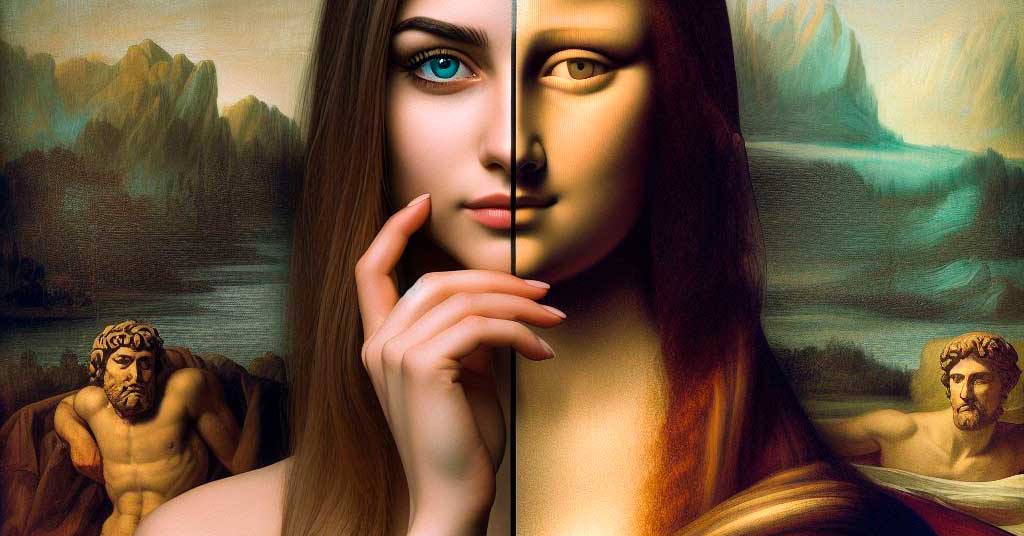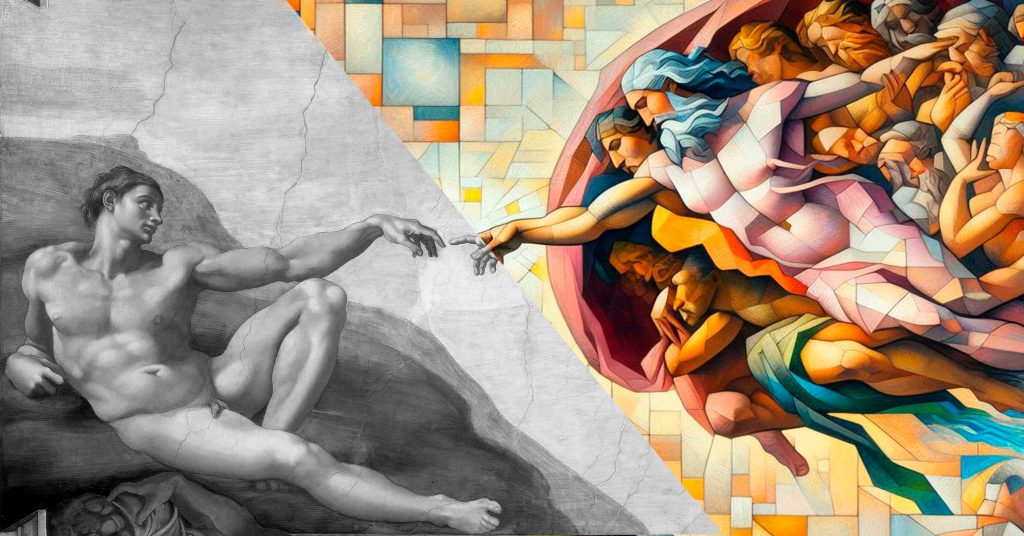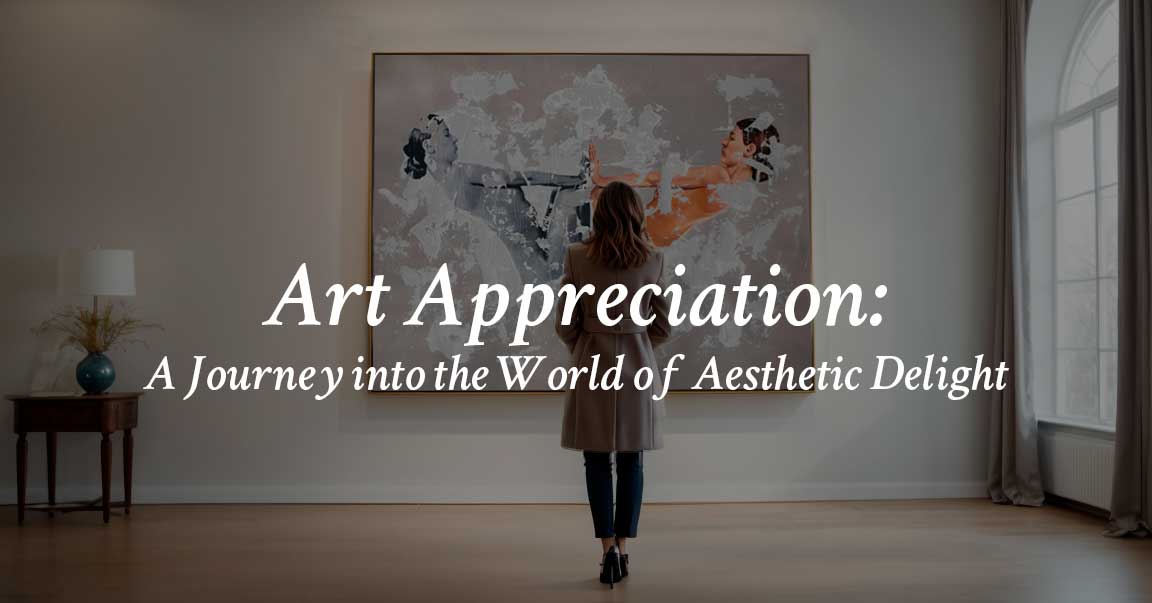
Introduction
Art has the power to evoke emotions, spark imagination, and transport us to different worlds. Art Appreciation goes beyond mere observation; it’s about developing a profound connection with artistic expression. In this article, we’ll delve into the definition of Art Appreciation, discuss its importance, and provide a roadmap for your journey into the captivating realm of art.
Definition of Art Appreciation
Art Appreciation involves more than casually glancing at a painting; it’s a process of understanding, interpreting, and valuing the artistic elements within a piece. It’s about engaging with art on a deeper level, allowing it to resonate with your emotions and thoughts.
Importance of Developing an Appreciation for Art
Why should we invest time and effort in appreciating art? The benefits extend beyond aesthetics. Art enhances creativity, cultivates critical thinking, fosters emotional intelligence, and opens doors to diverse perspectives. It’s a holistic experience that enriches our lives in profound ways.
Brief Overview of What the Article Covers
This article is your guide to unlocking the world of Art Appreciation. From understanding different art forms to developing a personal connection with art, we’ll explore practical tips and insights. Join us on this journey as we break down the barriers to art appreciation and integrate it into your daily life.
Benefits of Art Appreciation
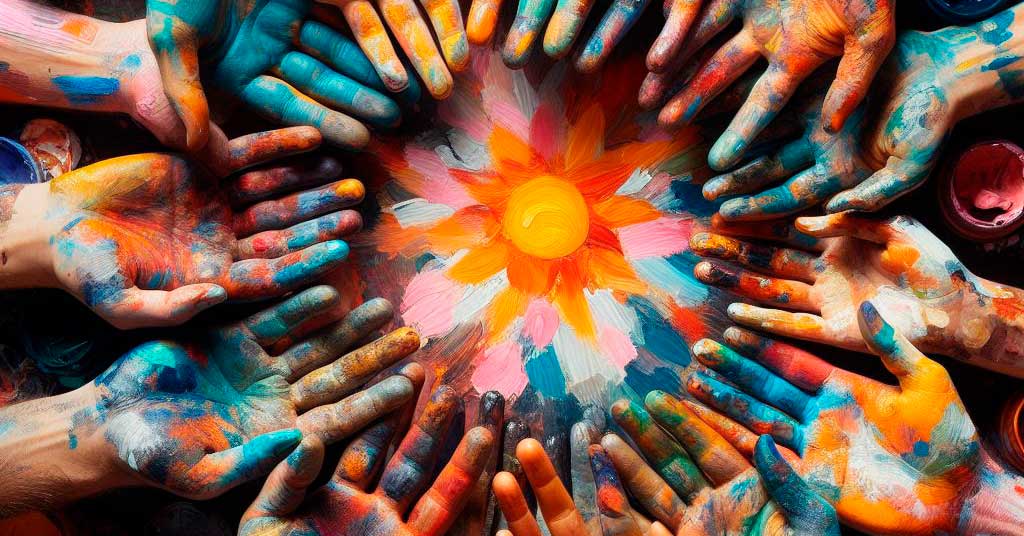

The transformative power of art extends far beyond mere aesthetics; it holds immense value in nurturing our cognitive, emotional, and social well-being. Art appreciation, the active engagement with and understanding of art, offers a wealth of benefits that enrich our lives in profound ways. These benefits are not solely reserved for those with formal art training or a deep understanding of artistic movements; they are accessible to anyone who opens their minds and hearts to the beauty and meaning of art. These are some of those benefits we will gain throught art appreciation:
Enhancing Creativity and Imagination
Art appreciation serves as a catalyst for creativity and imagination, unlocking our innate capacity to express ourselves in unconventional and innovative ways. By immersing ourselves in the creative visions of artists, we gain exposure to a vast array of techniques, styles, and perspectives. This exposure sparks our own imagination, prompting us to experiment with different mediums, explore new ideas, and challenge conventional thinking.
Art appreciation also nurtures our ability to think outside the box and approach problems from fresh angles. When we analyze artworks, we decipher patterns, symbolism, and hidden meanings, training our minds to perceive the world with greater nuance and complexity. This heightened cognitive flexibility spills over into our daily lives, allowing us to solve problems creatively and approach challenges with newfound ingenuity.
Cultivating Critical Thinking Skills
Engaging with art cultivates critical thinking skills, enabling us to analyze information effectively and form our own informed opinions. As we delve into the intricacies of artworks, we learn to identify the elements and techniques that contribute to their overall impact. This critical examination encourages us to question assumptions, challenge preconceived notions, and seek deeper understanding.
The process of interpreting art also develops our ability to evaluate evidence and draw conclusions. We weigh different perspectives, consider alternative interpretations, and assess the validity of arguments. This practice of critical thinking empowers us to make informed decisions in various aspects of our lives, from navigating complex situations to making sound choices in personal and professional endeavors.
Fostering Emotional Intelligence
Art possesses the extraordinary ability to evoke a wide spectrum of emotions, mirroring the depths of human experience and stirring our innermost feelings. Immersing ourselves in art allows us to connect with our own emotional landscape, recognizing and understanding the emotions that lie beneath the surface.
By exploring the emotional resonance of artworks, we develop empathy, the ability to understand and share the feelings of others. We gain insights into the human condition, recognizing the universal emotions that bind us together. This heightened empathy fosters compassion, enabling us to connect with others on a deeper level and build meaningful relationships.
Art appreciation also cultivates self-awareness, helping us recognize and manage our own emotions effectively. As we grapple with the emotions portrayed in art, we gain a deeper understanding of our own emotional responses. This self-awareness empowers us to manage stress, navigate difficult emotions, and build emotional resilience.
How to Start Appreciating Art
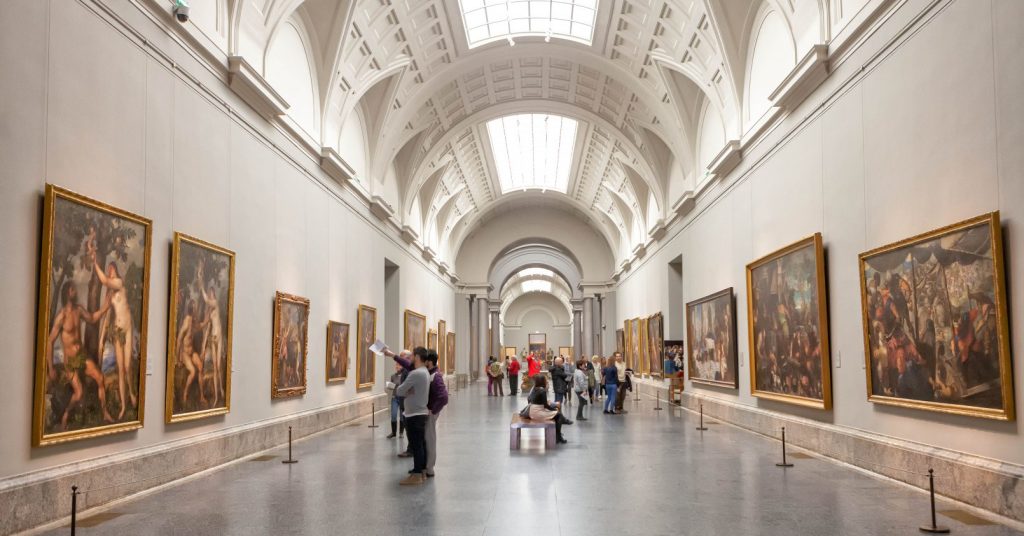

Visit Art Galleries and Museums
1. Planning Your Visit
Before heading to a gallery or museum, research the featured artists and exhibitions. This background knowledge enhances your appreciation.
2. Navigating Exhibitions
Take your time exploring each piece. Consider the artist’s intention, the techniques used, and how the artwork makes you feel.
Understand Different Art Forms
1. Painting
Explore the world of paintings, from classical masterpieces to contemporary works. Pay attention to color, brushstrokes, and overall composition.
2. Sculpture
Engage with the tactile nature of sculptures. Note the use of space, texture, and the emotions conveyed through three-dimensional forms.
3. Photography
In the digital age, photography is an art form that captures moments in time. Learn to appreciate the storytelling aspect and technical skills behind each photograph.
Learn Basic Art Terminology
1. Brush up on Art Vocabulary
Familiarize yourself with terms like chiaroscuro, perspective, and composition. This knowledge enhances your ability to discuss and understand art.
2. Recognizing Artistic Techniques
Understand the techniques artists use, such as neo-photorealism, impressionism, or surrealism. Recognizing these techniques adds layers to your appreciation.
Developing a Personal Connection with Art
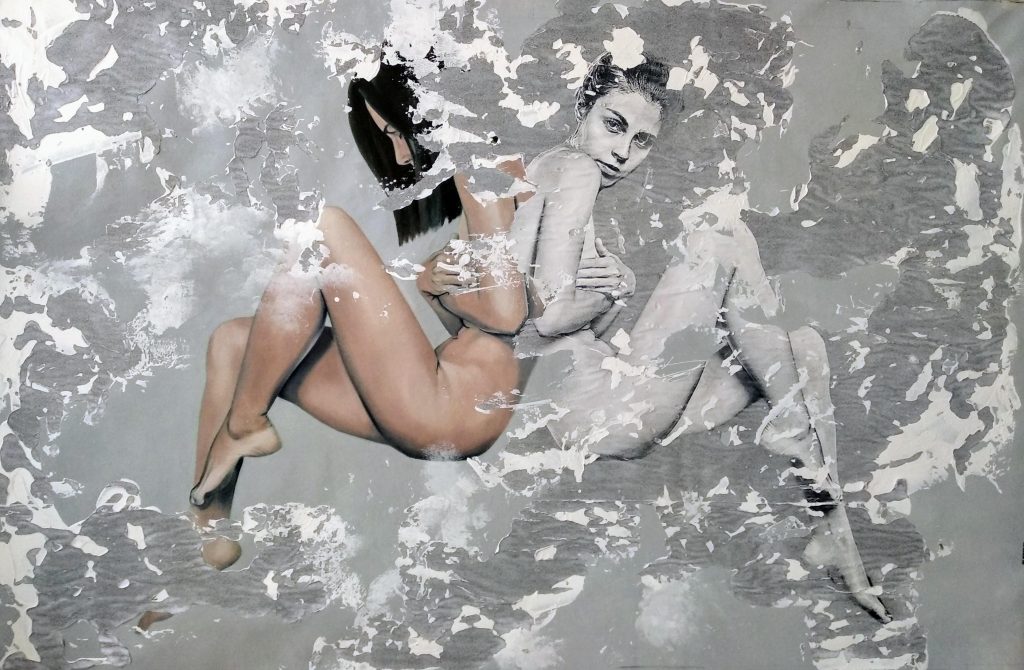

As we delve into the world of art appreciation, it becomes increasingly evident that art is a deeply personal experience. Our connection with art is shaped by our unique perspectives, experiences, and emotions. Embracing this personalized journey is crucial for unlocking the full potential of art appreciation.
- Finding Your Artistic Preferences
Experiment with different styles, periods, and techniques to discover what resonates with you personally. Visit art exhibitions, browse art books, and explore online galleries to expand your horizons.
- Identifying Favorite Artists
Pay attention to artworks that evoke strong emotions or inspire you. Research the lives and works of artists you admire, learning about their influences and artistic philosophies.
- Journaling Your Artistic Journey
Keep a journal to document your art experiences. Reflect on your emotional responses to artworks, write down observations and interpretations, and track your progress as you develop your art appreciation skills.
Improving your Art Appreciation Skills
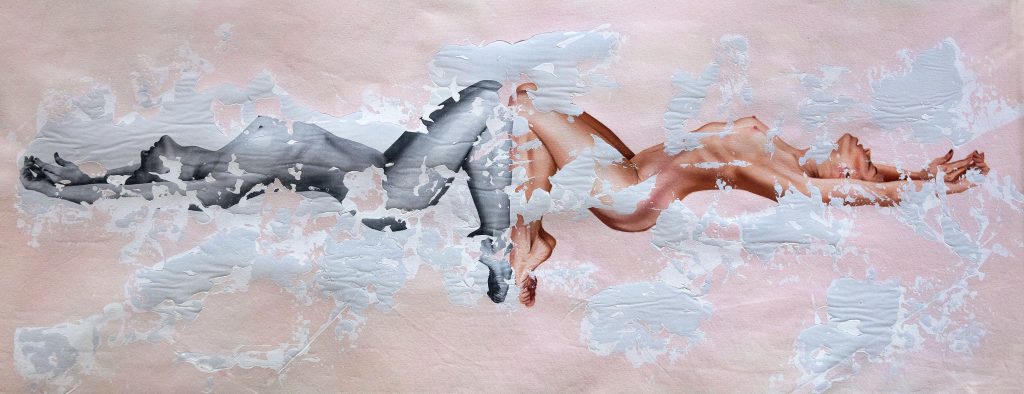

- Engage Emotionally with Art
Allow yourself to be fully present and open to the emotional impact of art. Let your feelings guide your observations, and don’t be afraid to express your own interpretations.
- Learn About Art History and Movements
Gaining an understanding of art history and different artistic movements will provide context and depth to your art appreciation. Explore the historical and cultural influences that shaped art, and identify key artists and movements that resonate with you.
- Analyze Artwork
Examine artworks closely, paying attention to the elements and techniques used by the artist. Consider the composition, balance, use of color, and subject matter. Analyze how these elements contribute to the overall meaning and impact of the artwork.
- Be Curious
Maintain a sense of curiosity and openness to new ideas and perspectives. Ask questions, seek clarification, and challenge your own assumptions. This will deepen your understanding and appreciation of art.
- Model Observation in Daily Life
Train your observational skills in everyday life. Notice the beauty, patterns, and details around you. This heightened awareness will enhance your ability to appreciate art and the world around you in a more profound way.
Incorporating Art Appreciation into Daily Life


Surrounding Yourself with Art
1. Decorating Your Living Space
Integrate art into your living space. Choose pieces that resonate with you and create an atmosphere of inspiration.
2. Using Art as Inspiration
Let art inspire your daily life. Whether it’s a painting, sculpture, or photograph, use it as a catalyst for creativity in your own endeavors.
Joining Art Communities
1. Local Art Groups
Connect with local art groups to share experiences, attend events, and discover new perspectives within your community.
2. Online Art Forums
Participate in online art forums to engage with a global community. Share your thoughts, learn from others, and expand your artistic horizons.
Overcoming Challenges in Art Appreciation
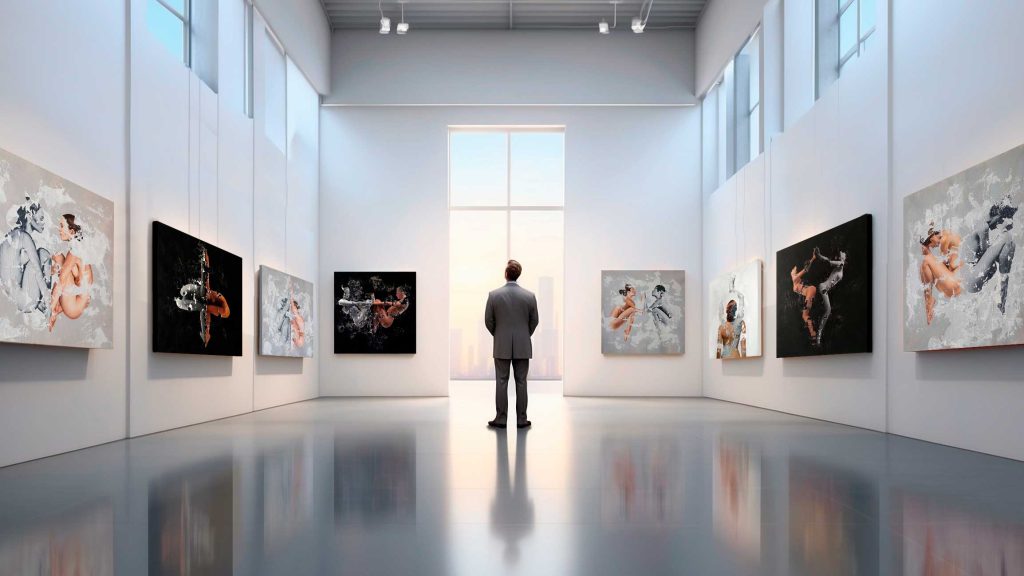

- Breaking Down Intimidation Barriers
Art appreciation can seem intimidating to some, especially if they lack formal art education or feel like they don’t “understand” art. However, it’s important to remember that art appreciation is a personal journey, and there is no right or wrong way to experience art.
- Embracing Subjectivity
Art is subjective, and there is no single interpretation that is “correct.” Each person’s experience with art is unique, shaped by their personal background, beliefs, and values. Allow yourself to form your own opinions and interpretations without feeling pressured to conform to others’ views.
- Seeking Guidance from Experts
If you’re feeling overwhelmed or want to deepen your understanding of art, consider seeking guidance from experts, such as art historians, curators, or educators. They can provide valuable insights and help you navigate the world of art with greater confidence.
- Dealing with Time Constraints
In today’s fast-paced world, finding time for art appreciation can be challenging. However, there are many ways to incorporate art into your daily life without disrupting your busy schedule.
- Quick Art Appreciation Techniques
Take short breaks throughout your day to observe and appreciate art in your surroundings. Look at the patterns on your clothes, the textures of your surroundings, or the composition of your food. These simple exercises can help you develop a keener eye for beauty and detail.
- Making Time for Art in Busy Schedules
Set aside dedicated time each week to visit art galleries, museums, or attend art exhibitions. If time is limited, consider visiting smaller art spaces or taking online art courses. Even a few minutes spent engaging with art can make a significant difference.
Conclusion
In summary, Art Appreciation serves as a transformative odyssey, enriching one’s creativity, critical thinking, and emotional intelligence. Delving into the profound layers of art opens doors to diverse perspectives and a realm of endless possibilities. This journey is not a finite destination but an ongoing exploration and discovery. So, keep nurturing your curiosity, let art be a lifelong companion that enhances your experiences and broadens the horizons of your imagination. The call-to-action is clear: Start your Art Appreciation journey today! Embark on this thrilling adventure by visiting galleries, experimenting with different styles, and immersing yourself in vibrant art communities. Your artistic odyssey begins now!
“Art enables us to find ourselves and lose ourselves at the same time.”
– Thomas Merton
FAQs (Frequently Asked Questions)
How can I overcome the intimidation of analyzing artwork? Embrace subjectivity and seek guidance from experts. Remember, there’s no right or wrong way to interpret art.
What are quick art appreciation techniques for a busy schedule? Focus on key elements like color, composition, and emotions. Train yourself to grasp the essence of artwork in a short time.
How do I find local art groups to join? Explore community centers, art schools, or online platforms. Attend local events or join online forums to connect with like-minded individuals.
Why is it important to document my art experiences in a journal? Keeping a journal helps you reflect on your emotional responses and create a personal record of your artistic journey.
Can art appreciation skills be applied in everyday life? Absolutely! Use your observation skills to appreciate the artistry in everyday scenes, fostering a deeper connection with the visual world around you.

